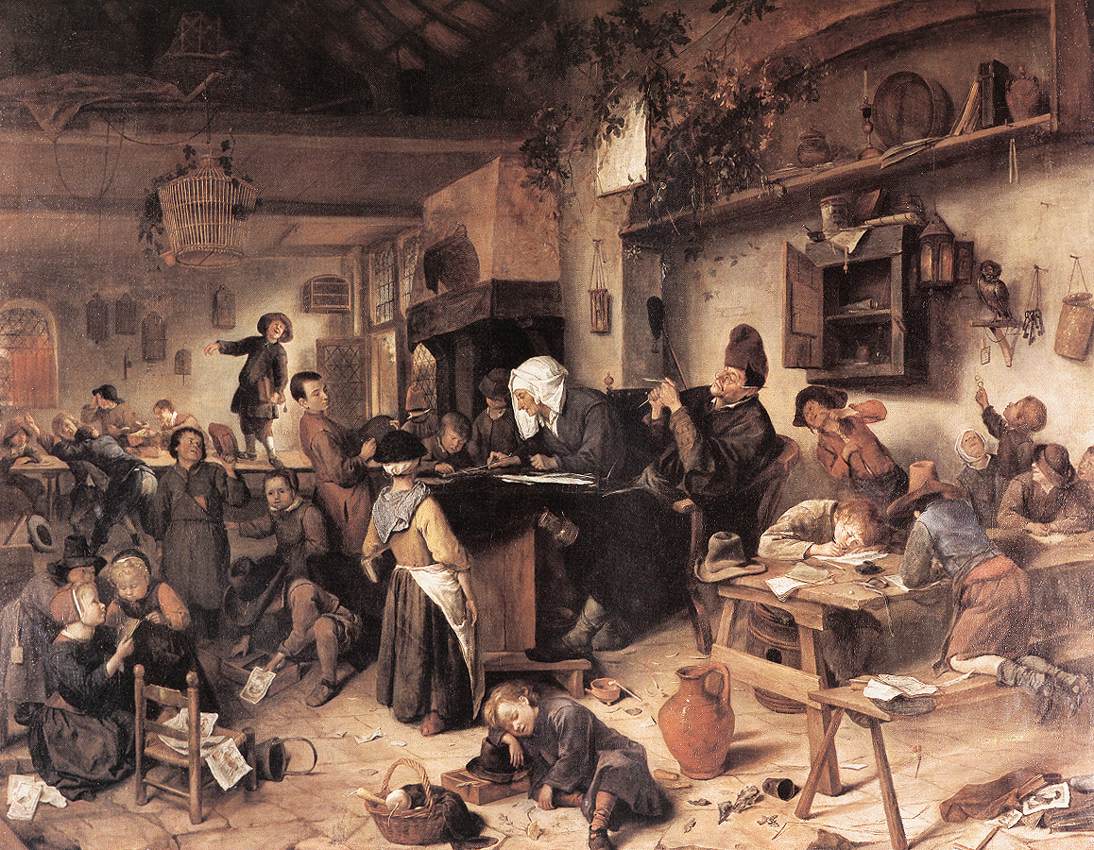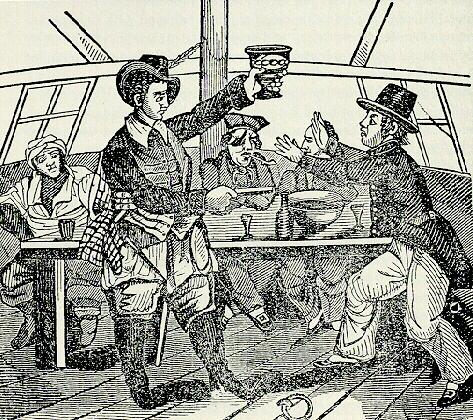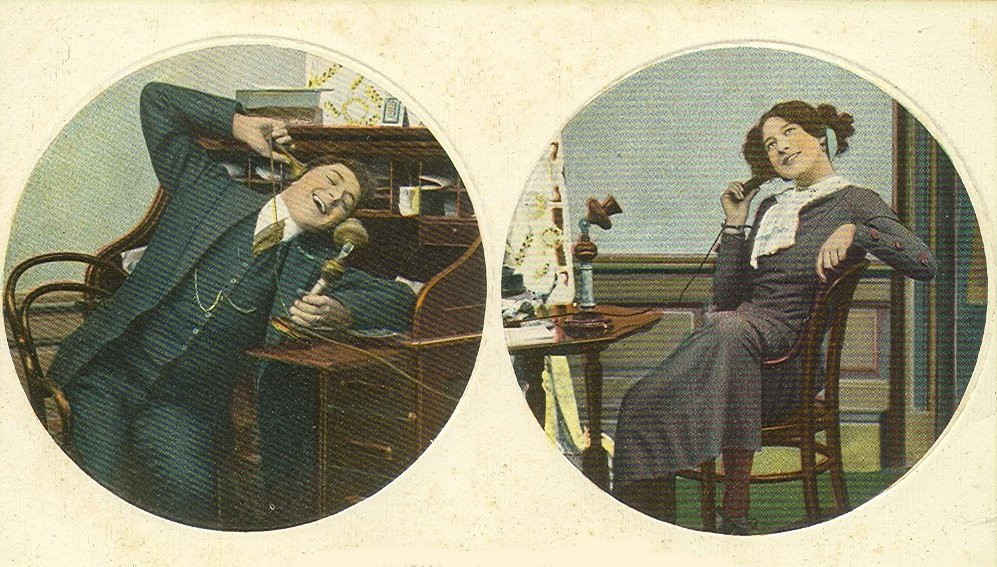After 30 years of searching, acoustic ecologist Gordon Hempton thinks he’s found the “quietest square inch in the United States.” It’s marked by a red pebble that he placed on a log at 47°51’57.5″N, 123°52’13.3″W, in a corner of the Hoh Rainforest in Olympic National Park in western Washington state. The area is actually full of sounds, but the sounds are natural — by quietest, Hempton means that this point is subject to less human-made noise pollution than any other spot in the American wilderness.
Hempton hopes to protect the space by creating a law that would prohibit air traffic overhead. “From a quiet place, you can really feel the impact of even a single jet in the sky,” he told the BBC. “It’s the loudest sound going. The cone of noise it drags behind it expands to fill more than 1,000 square miles. We wanted to see if a point of silence could ripple out in the same way.”
His website, One Square Inch, has more information about his campaign. “Unless something is done,” he told Outside Online, “we’ll see the complete extinction of quiet in the U.S. in our lifetime.”






